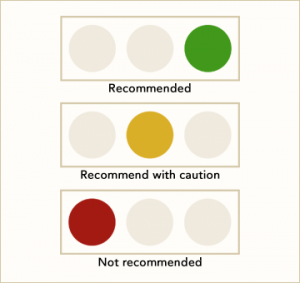 A frequently asked question is, “How do we select titles for the book lists at Social Justice Books and assess books in our reviews?”
A frequently asked question is, “How do we select titles for the book lists at Social Justice Books and assess books in our reviews?”
There is no one single article nor checklist that any of us can rely on. The Guide for Selecting Anti-Bias Children’s Books is a good start. However, there are many more articles about bias in children’s literature to read and discuss. Most importantly, reviewing children’s literature should be done in consultation with or by people with expertise on the respective theme or topic of the book.
That is why the reviews featured on this site come from a variety of reviewers. Not only do we look for stories of collective action in children’s books, we believe the process of selecting and reviewing children’s books needs to be a collective process. We also believe it is important to look beyond the limited offerings of the corporate publishing industry. Many marginalized creators only have the option to self-publish. At Social Justice Books, our lists and reviews include self-published books, held to the same standards as traditionally published books.
The book lists are generated at Teaching for Change, in consultation with members of the See What We See coalition. Books selected for this site are not an endorsement nor a critique of the author, illustrator, or publisher.
Here are examples of guiding questions we share with students who are examining books. We use these same questions (and many more) when developing the book lists and selecting book reviews for this website.
- How many books by or about people of color and Native Americans do you see?
- Does this reflect the diversity that you see in your school, community, and/or the world?
- Are people of color engaged in a range of activities and in contemporary settings? (Or just in historic injustices?)
- If the books are about a famous person, is it someone you have not heard of or one of the same few people already on your bookshelf?
- Is change made by an individual hero or a group effort?
- Are there examples of “ordinary” people organizing and challenging injustice?
- Are the root causes of inequities included or just the symptoms?
- Are the books affirming, honest, age-appropriate, and read-me-again interesting?
- What is the relationship of the author to the people and theme of the book?
Review Ratings
There are three categories of book reviews: recommended (green), recommended with caveat (yellow), and not recommended (red). These ratings are summarized below.

Recommended
We recommend these multicultural and social justice books. Representation, the story line, and the quality of writing are all taken into consideration. We are also concerned with who is writing the stories, what the characters are doing, how issues of power and activism are introduced, and representations of people in community rather than in isolation.

Recommended with caveat
The yellow reviews explain reservations and/or concerns about the book in order to start a conversation. In some cases, the titles are included because there is a scarcity of books on the respective topic. Often, suggestions are made about ways to share the book with readers while also addressing the concerns.

Not recommended
When a book is not recommended, often the narrative is problematic and reinforces myths or misinformation. The author and illustrator may use stereotypes or leave out/misrepresent important facts. The reviews describe problematic content and can be used to alert readers to similar issues in other books and popular media. Some of our critiques have led to recalls or revisions. For more, see books we don’t recommend.
Due to the limitations with the database on this site, the ratings on some of our pages are indicated by stars rather than the green, yellow, and red.
- 5 stars corresponds to green light, “Recommended”
- 3 stars corresponds to yellow light, “Recommended with caveat”
- 1 star corresponds to red light, “Not recommended”